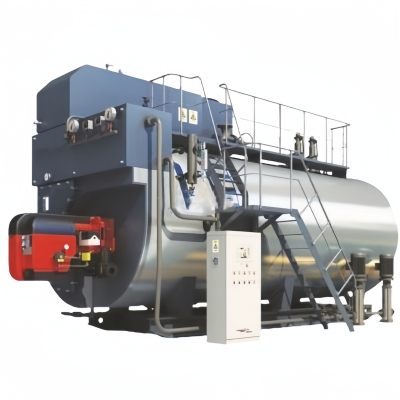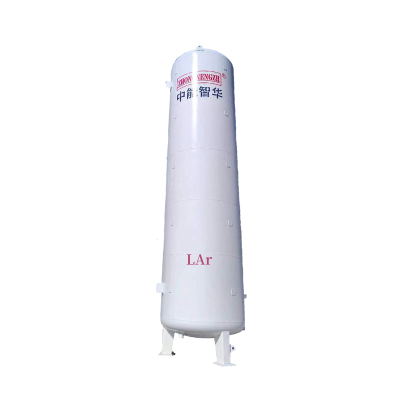Storage of Hydrogen
Storage of hydrogen
Hydrogen exists in a gaseous form under normal conditions, which makes storage and transportation quite challenging. There are three methods for storing hydrogen: high-pressure gaseous storage, low-temperature liquid hydrogen storage, and metal hydride storage.
High-pressure gaseous storage
Gaseous hydrogen can be stored in underground facilities or in steel cylinders. In order to reduce storage volume, hydrogen gas must be compressed, which requires a considerable amount of compression energy. Typically, a high-pressure steel cylinder filled with hydrogen at 20 MPa only accounts for 1.6% of the total weight, while titanium cylinders used for space applications only store 5% of the hydrogen weight.
Low-temperature liquid hydrogen storage
Hydrogen gas can be cooled to -253°C to become liquid, and then stored in high-vacuum insulated containers. The technology of liquid hydrogen storage was initially used in aerospace applications, and although the storage cost is higher, the safety technology is more complex. Research is currently focusing on highly insulated hydrogen storage containers. A new type of container filled with interstitial porous microspheres has been developed. These silica microspheres have diameters ranging from 30 to 150 micrometers, with hollow centers and walls about 1 to 5 micrometers thick. Aluminum is coated on some of these microspheres to minimize thermal conductivity and completely inhibit convective heat transfer between particles. Mixing some aluminum-coated microspheres (typically around 3% to 5%) with non-coated microspheres effectively blocks radiative heat transfer. This new type of thermal insulation container, with its exceptional insulating properties, surpasses standard high-vacuum insulated containers and is considered an ideal liquid hydrogen storage tank. NASA has widely adopted this new type of hydrogen storage container.
Storage of metal hydrides
There is a reversible reaction between hydrogen and metal hydrides. When heat is applied to the metal hydride from the outside, it decomposes into hydrogenated metal and releases hydrogen gas. Conversely, when hydrogen and metal together form a hydride, hydrogen is stored in solid form within it. The metal hydrides used for hydrogen storage are mostly alloys composed of multiple elements. Various successful hydrogen storage alloys have been researched worldwide, which can be broadly classified into four categories: first, rare earth lanthanum-nickel alloys, which can store 153 L of hydrogen per kilogram of lanthanum-nickel alloy; second, the iron-titanium series, which is currently the most widely used hydrogen storage material, with a large storage capacity four times that of the former, low cost, high reactivity, and the ability to release hydrogen at room temperature and pressure, providing great convenience for use; third, the magnesium series, which has the highest hydrogen absorption capacity among metal elements, but requires 287°C to release hydrogen and absorbs hydrogen very slowly, limiting its practical use; fourth, the multi-element series such as vanadium, niobium, and zirconium, which are precious metals themselves and therefore only suitable for certain special occasions. The main issues in metal hydride storage are low hydrogen storage capacity, high costs, and high hydrogen release temperatures. Further research on the chemical and physical properties of metal hydrides, including equilibrium pressure-temperature curves, reaction conversion rates during formation, and chemical and mechanical stability, to seek better hydrogen storage materials is a noteworthy topic in hydrogen energy development and utilization. Metal hydride storage devices are available in both stationary and mobile forms. They can serve as a source of hydrogen fuel and materials, absorb waste heat, store solar energy, and be used as hydrogen pumps or compressors.



